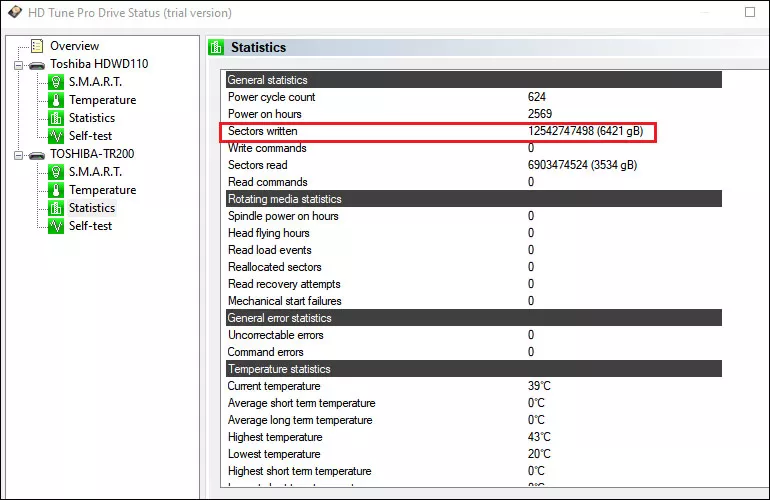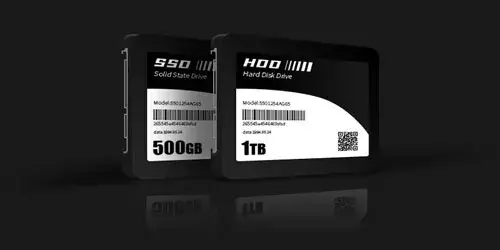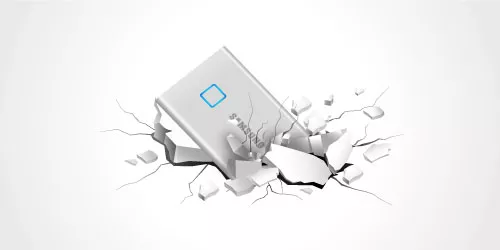How to Check If My SSD is in Good Health on Windows
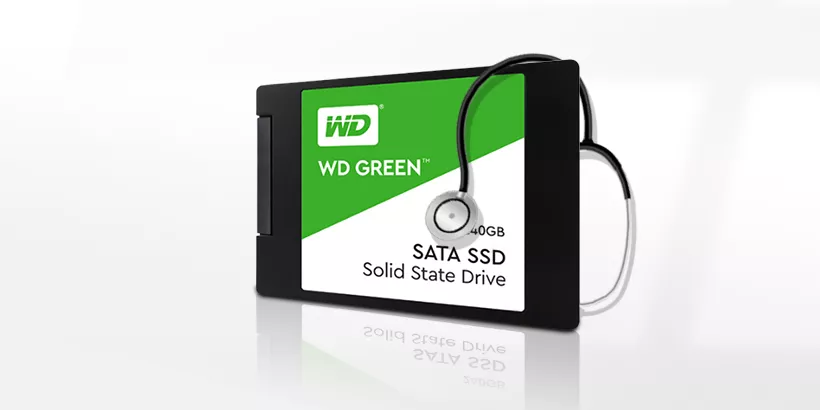
Compared with traditional hard disk drives, Solid State Drives (SSDs) have amazing read and write speeds and consume less power, making them a popular choice for more and more users. However, their weakness cannot be ignored. Once an SSD is broken down, the stored data cannot be recovered. Therefore, it is important and necessary to check the health of the SSD regularly, so that minor problems can be prevented from developing further. In this post, we will share three quick ways to check the health status of an SSD.
How to perform an SSD health check
1. Via Command Prompt
Step 1: Search cmd in the search bar and select Run as administrator.

Step 2: Copy and paste wmic diskdrive get model,status in Command Prompt and press Enter .
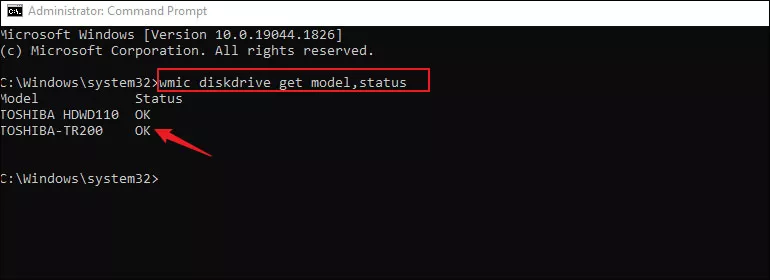
You will now see all the drives listed and the status of each drive: "OK" if it's good, or "Pred Fail" if it has a problem.
2. Via PowerShell
Step 1: Press Windows+X and select PowerShell (Admin) from the context menu.
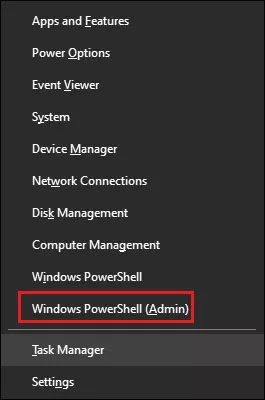
Step 2: Enter the below command in PowerShell:
Get-PhysicalDisk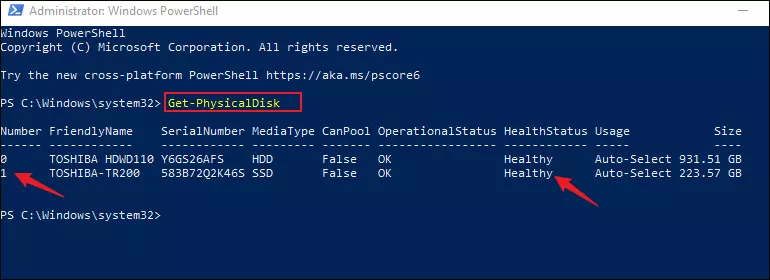
Health status is outlined in the list.
Step 3: If you also want to retrieving SSD usage statistics, note the number of SSD from the above list and then enter the following command:
Get-Disk 1| Get-StorageReliabilityCounter | Select-Object -Property "*"Note: Replace the number "1" with the number of your SSD.
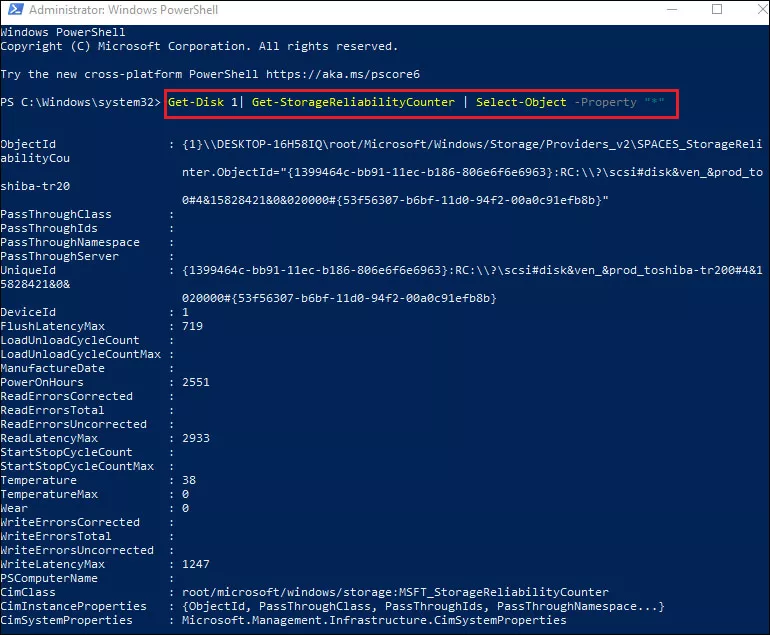
This command will allow you to get a general idea of your SSD's health status by providing the wear data, read-write errors and other details.
3. Via HD Tune Pro
Using third-party software to check SSD performance is more intuitive and Windows users can try HD Tune Pro.
Download: HD Tune ProRun HDTuneProDriveStatus.exe and when it is started, an overview of all attached devices and their status is listed. You should see an ok if your SSD works well.
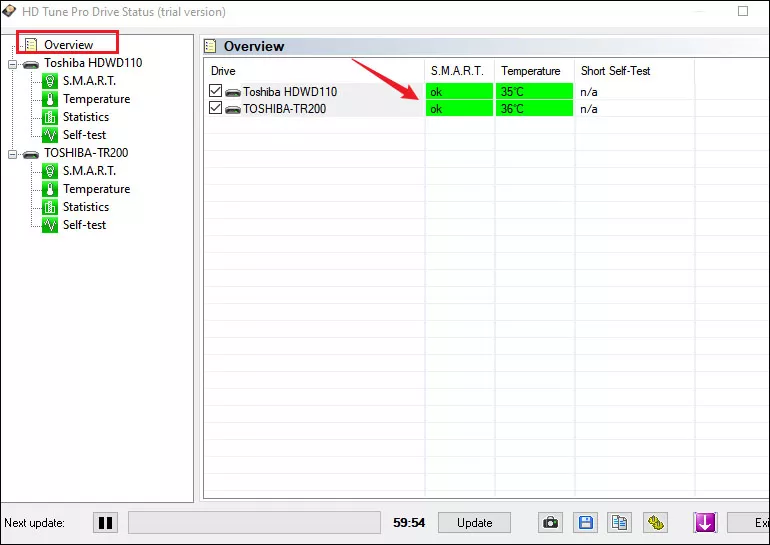
If problems are detected with the SSD, depending on the severity of the problem, it will display "attention", "warning" and "failure".
How to tell the status of an SSD
Step 1: Check S.M.A.R.T information
SSDs now support S.M.A.R.T technology which stands for Self-Monitoring Analysis and Reporting Technology. It is a system to monitor various health and status attributes from a drive.
Users can focus on a few essential parameters, such as bad blocks, erase count, etc. Though HDD S.M.A.R.T has developed some standards, for SSDs, most S.M.A.R.T is customisable. So the attributes provided by each manufacturer are not consistent, but generally set by reference to HDD S.M.A.R.T.
1. On HD Tune
HD Tune can show you the S.M.A.R.T information of your SSD and there is a problem with any of the parameters, it will be marked in yellow or red. Parameters marked in blue are the ones you need to focus on. Take Kingston SA400S37 as an example:
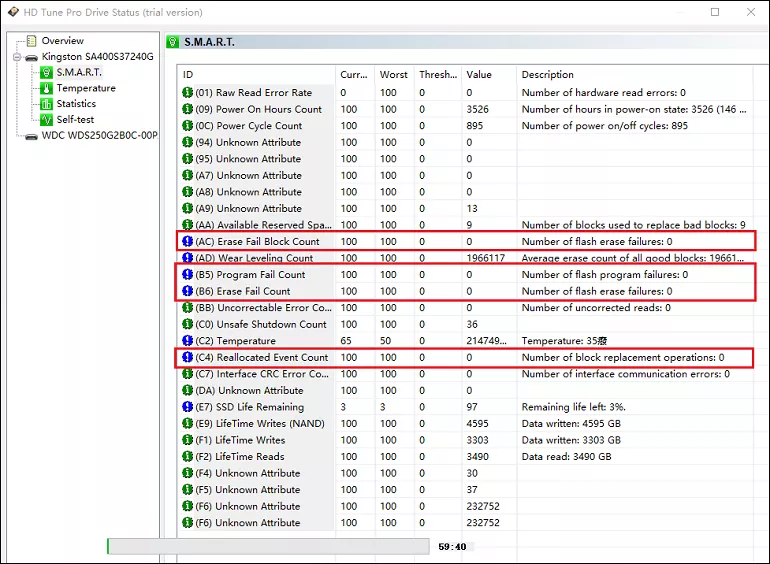
- Erase Fail Count
The lower the raw value, the better. The raw value shows total count of erase fail. The normalized value, beginning at 100, shows the percent remaining of allowable erase fails. Increase in this value may mean that flash chips are dying prematurely (before reaching their rated number of erase/write cycles). - Program Fail Count
The lower the raw value, the better. If the block isn't programming, this block is read and erased, then the program attempts again. Several cycles of the above operation will result in the retirement of the block. Increase in this value can be an indicator of drive aging or potential electromechanical problems. - Erase Fail Block Count
The lower the raw value, the better. Whether it is an erase failure or a program failure, the SSD will classify that block as a bad block. Increase in this value may imply that the number of bad blocks is likely to get higher. - Reallocetion Event Count
The lower the raw value, the better. This attribute shows the total number of sector replacement operations. When read or write errors are frequently detected in a sector, the drive will mark the sector as reallocated sector and transfer the data to a spare area (free sector). The count of occasions when data is transferred from a reallocated sector to free sectors, whether successful or not, is recorded. This value increases when a unstable sector has read errors and drops if the read errors disappear.
2. On Manufacturers' SSD utilities
Apart from the usual testing software, SSD manufacturers also provide tools for users to obtain S.M.A.R.T information:
For Toshiba SSD users, OCZ SSD utility is probably the best software.
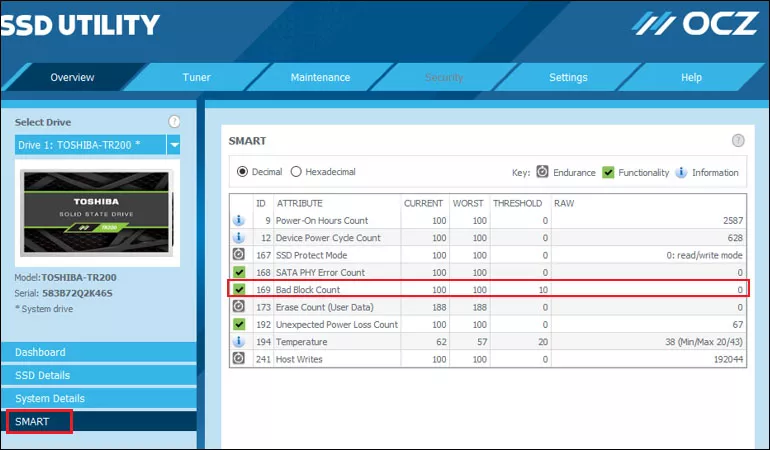
Take note of Bad Block Count, RAW value should better be zero. The larger the RAW value, the more bad blocks which are damaged and can't be accessed by computer are detected. Too many bad blocks will result in less available capacity and reduced performance of the drive.
Tips: Bad blocks on SSDs are normal, that's why there are free sectors to remap them to. If value is not zero, check if Reallocated is still zero. But if the value keeps rising, you should consider a new drive.
For Intel SSD users, download Intel SSD Toolbox.
For Samsung SSD users, download Samsung Magician.
For Kingston SSD users, download Kingston SSD Manager.
For Western Digital SSD users, download Data Lifeguard Diagnostic.
Step 2: Check the usage statistics
Launch HD Tune Pro Drive Status, choose Statistics option in the left side and check Sectors written. When the current number of writes is too high or even close to the rated value, the drive is likely to be overworked, thus affecting its performance. From this attribute, it is possible to infer how long your SSD can last, get more information in How to figure out and extend the lifespan of your ssd.
